A larger and more massive version of our well known Model 20/2. It will accept nine, ten and twelve-inch arms but is especially directed at the exciting Model 312S. This offers a performance some 27% better than a nine-inch arm in respect of angular error distortion. The wand and headshell are pressure die-cast in magnesium and are 27g lighter than they would be in aluminium.
Probably the stiffest and lightest twelve-inch arms ever made these dual problems are at last addressed and on listening, the benefits of minimal tracking error and harmonic distortion are clearly revealed. A turntable should address the problems of extraneous vibrations. These emanate from numerous sources including air and structural vibration from loudspeakers, groove modulation, stray electrical fields and mechanical imperfections in moving parts.
In the Model 20/12, superb instrument quality machining is allied with fundamental physics. The higher the mass and stiffness of a body the less it will flex and vibrate; the duration of a vibration can be shortened by suitable damping.
Model 20/12 weighs approximately 33.5Kg (73.7lb), significant in relation to its size because it is density that matters. For example, the same weight of metal spread over a large enough area would be aluminium foil! The sub-chassis measures only 20 1/2” (520mm) by 14 3/4” (375mm) but weighs 8.0Kg (17.6lb). Its thickness, 5/8” (16mm) resists flexing at low frequencies whilst high frequency resonance is attenuated by efficient extensional damping.
Model 20/12 has no `sonic footprint’. The sub-chassis is suspended on forty purpose moulded ‘O’ rings which ensure freedom from feedback. A large centrally placed fluid-damper disciplines sub-chassis movement with a pleasing sense of security when handling records on and off the platter.
In addition to a cartridge’s electrical output, mirror image acoustic signals reacted in the arm and record, will pass into the sub-chassis in the course of dissipation. However the usual closed loop design does not address the problem of their differing phase so in the Model 20/12 the structural interfaces concerned have received special attention to provide paths of the required impedance.
This control of vibration is fundamental to the design of the player and goes much of the way to explaining the stunning tonal and dynamic neutrality that it exhibits.

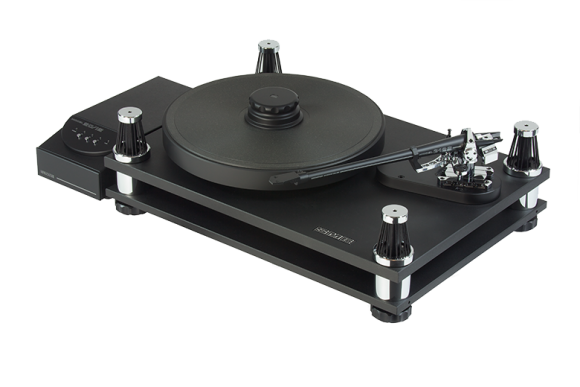
 to enquire about this product!
to enquire about this product!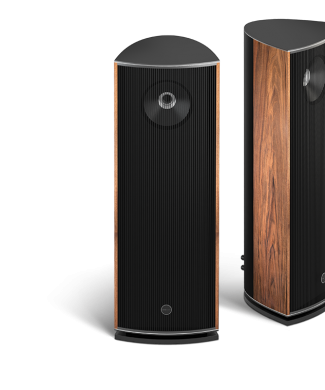

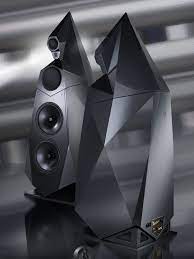
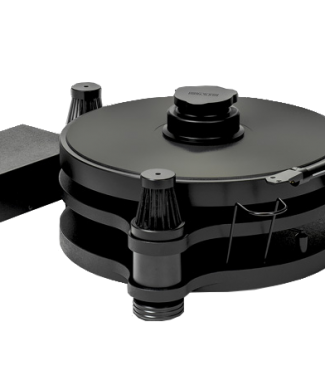
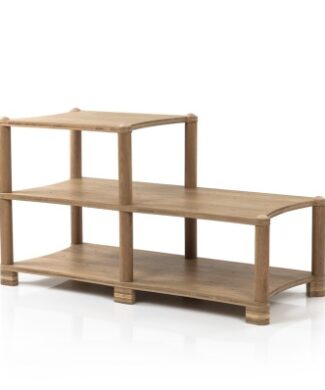





There are no reviews yet.